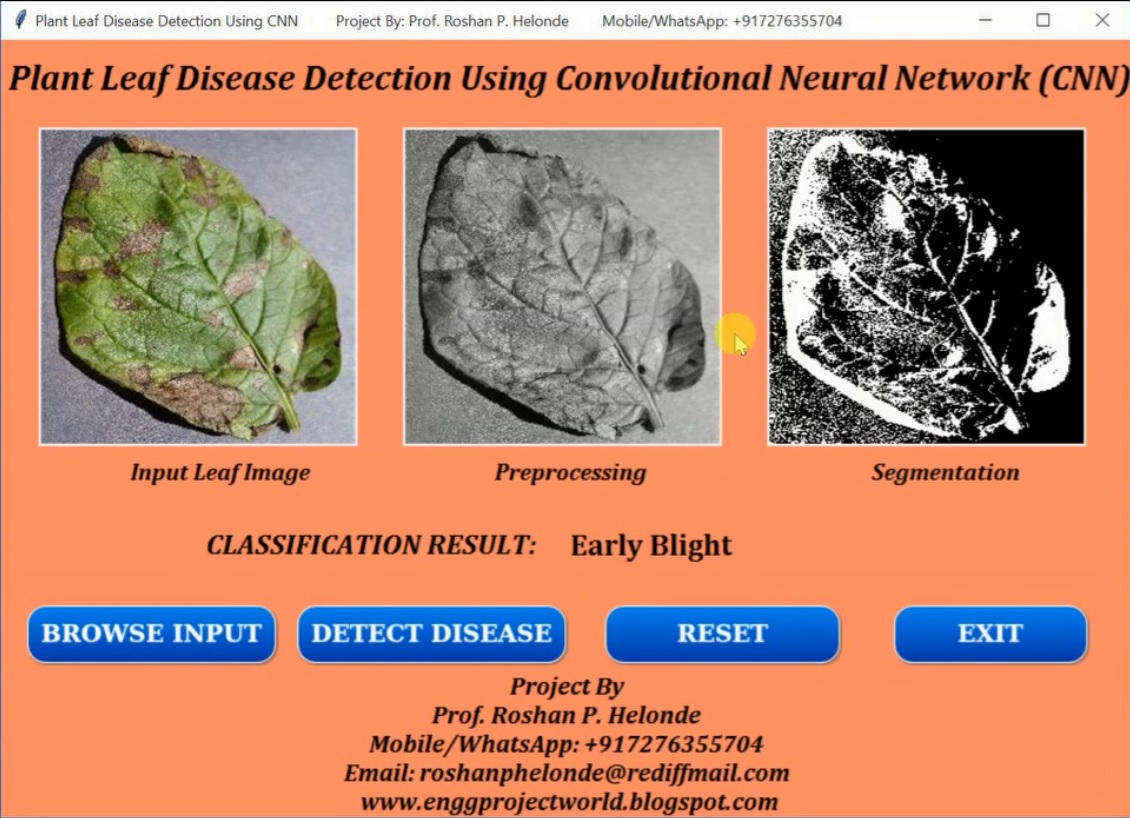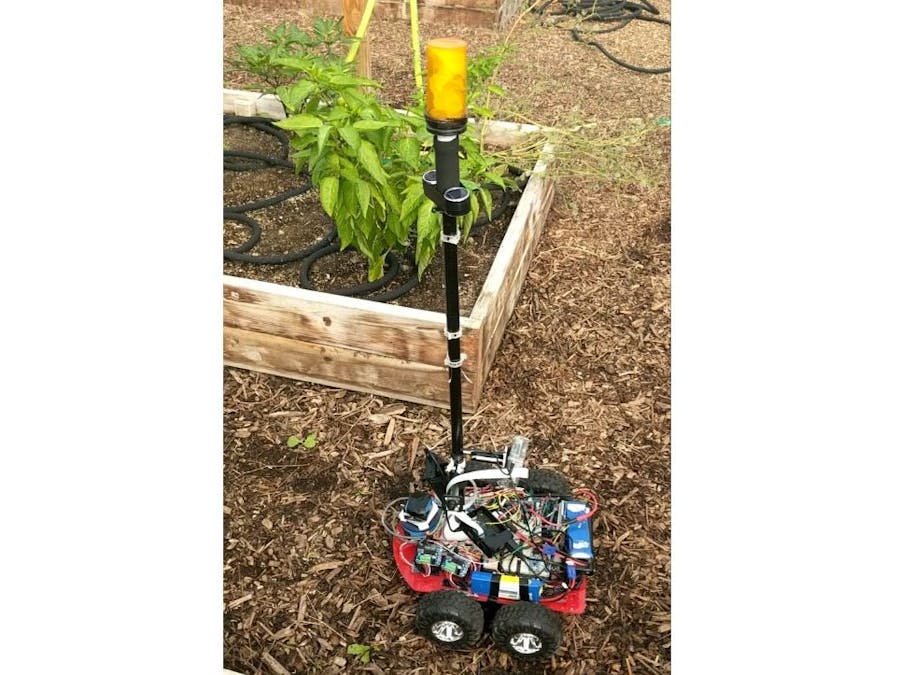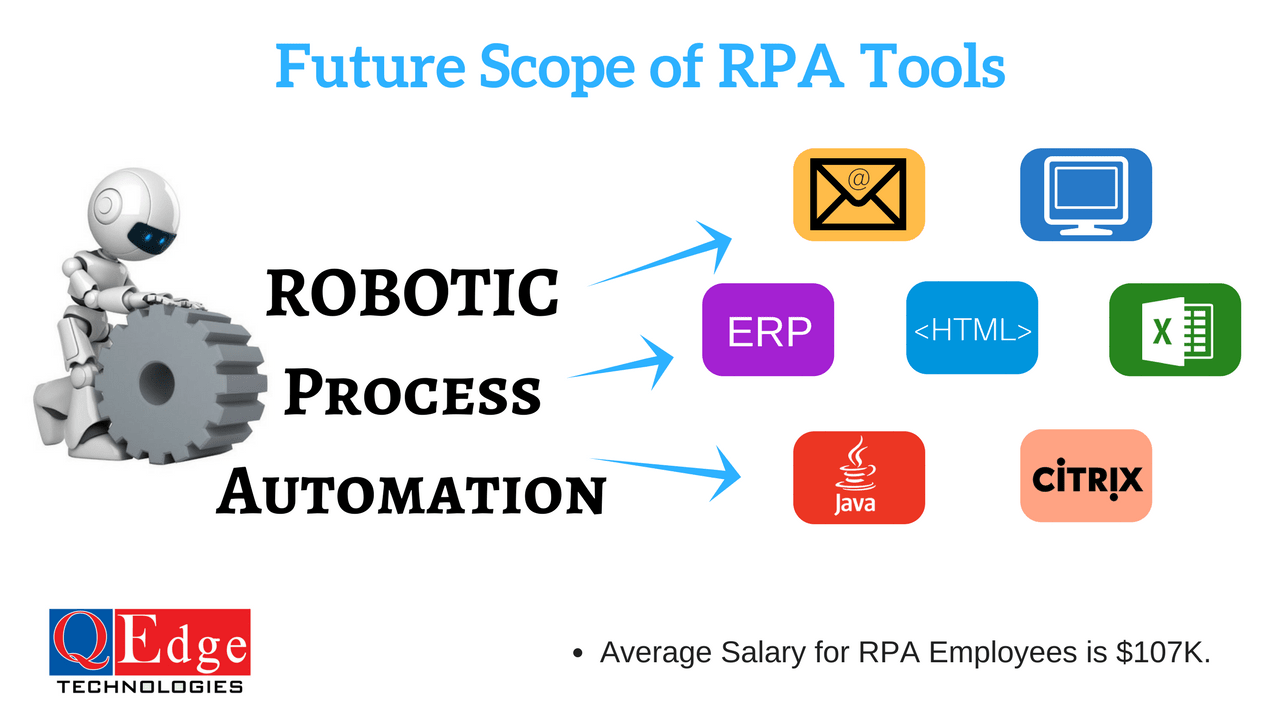Mobile Robot For Plant Disease Detection Using IOT Presentation
| Introduction | ||
|---|---|---|
| Mobile Robot for Plant Disease Detection using IoT. Combination of robotics and IoT to monitor and detect plant diseases. Aims to improve crop yield and reduce the use of pesticides. | ||
| 1 | ||
| Importance of Plant Disease Detection | ||
|---|---|---|
| Plant diseases can cause significant damage to crops. Early detection can prevent the spread and minimize crop losses. Traditional methods of disease detection are time-consuming and labor-intensive. | ||
| 2 | ||
| Mobile Robot for Disease Detection | ||
|---|---|---|
| Equipped with advanced sensors and cameras for data collection. Autonomous navigation to cover large agricultural areas efficiently. Real-time monitoring and analysis of plant health parameters. | ||
| 3 | ||
| IoT Integration | ||
|---|---|---|
| Wireless connectivity enables data transfer and analysis in real-time. Cloud-based infrastructure for data storage and processing. Integration with agricultural management systems for decision-making. | ||
| 4 | ||
| Sensor Technologies | ||
|---|---|---|
| Spectral imaging sensors for capturing plant health data. Temperature, humidity, and moisture sensors for environmental monitoring. Gas sensors for detecting volatile organic compounds emitted by diseased plants. | ||
| 5 | ||
| Disease Detection Algorithms | ||
|---|---|---|
| Machine learning algorithms for disease identification. Image processing techniques for leaf analysis. Fusion of sensor data for accurate disease detection. | ||
| 6 | ||
| Benefits of Mobile Robot for Disease Detection | ||
|---|---|---|
| Early detection leads to timely intervention and reduced crop losses. Precision agriculture enables targeted treatment and reduced pesticide usage. Increased efficiency and scalability compared to manual monitoring. | ||
| 7 | ||
| Case Study: XYZ Farm | ||
|---|---|---|
| XYZ Farm implemented the mobile robot for disease detection. Reduced crop losses by 30% through early disease identification. Optimized pesticide usage, resulting in cost savings and environmental benefits. |  | |
| 8 | ||
| Challenges and Future Scope | ||
|---|---|---|
| Integration of more advanced sensors for comprehensive data collection. Improvement of disease detection algorithms for higher accuracy. Scalability and affordability for widespread adoption. | ||
| 9 | ||
| Conclusion | ||
|---|---|---|
| Mobile robots integrated with IoT offer a promising solution for plant disease detection. Improved crop yield, reduced pesticide usage, and environmental sustainability. Continued research and development will drive advancements in this field. | ||
| 10 | ||








